New Estimate Finds Less Fresh Groundwater in U.S. Than Previously Assumed
Drilling deeper not a long-term strategy, authors say.
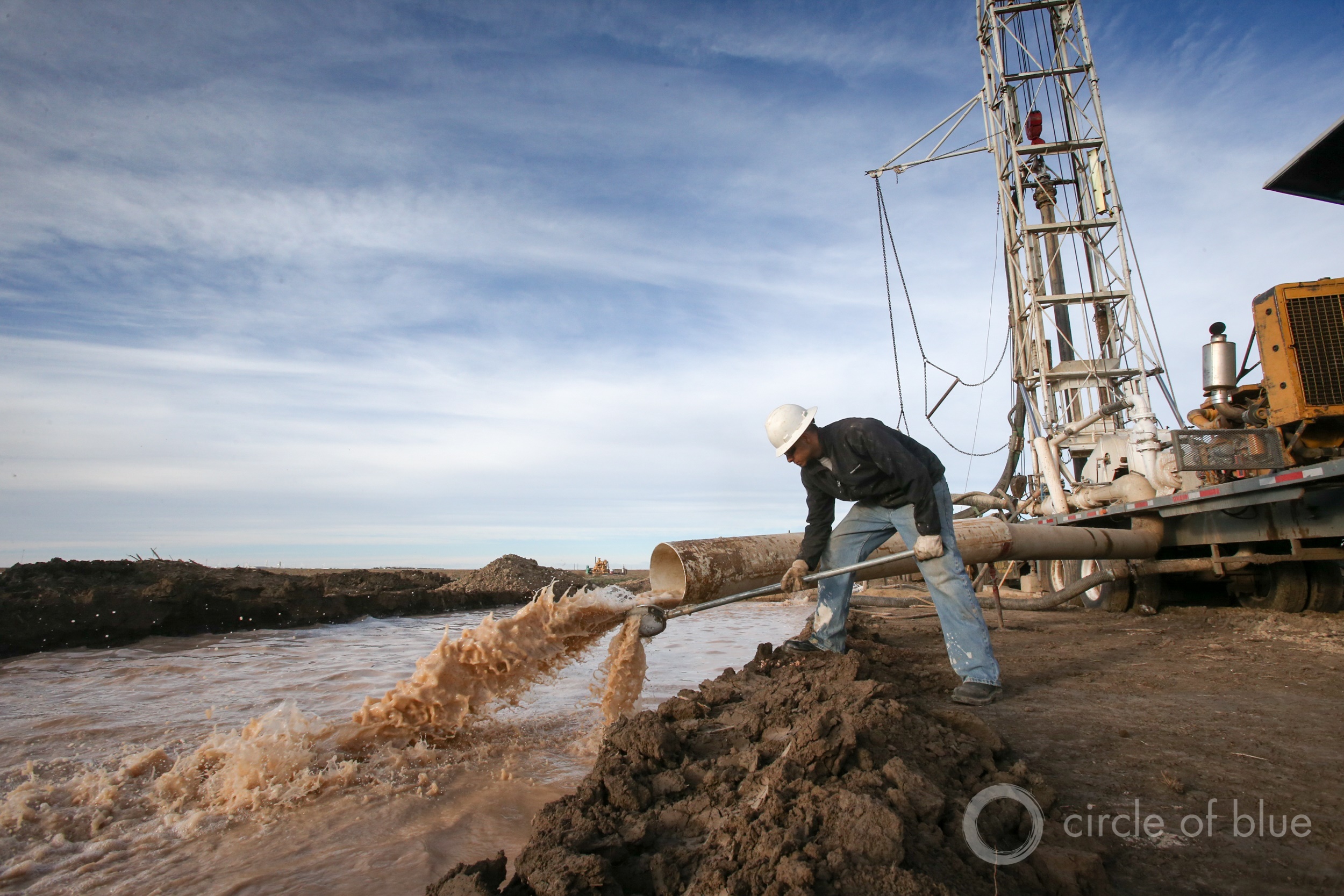
Well drillers for Hydro Resources drill a well near Sublette, Kansas. Photo © Brian Lehmann / Circle of Blue
By Brett Walton, Circle of Blue
When a severe drought enveloped California a few years ago and rivers shriveled, farmers in the Central Valley punched wells deeper underground, seeking to tap water reserves that were untouched by aridity on the surface.
In Arizona today, as officials finalize a multi-state plan to keep more water in a shrinking Lake Mead, some farmers in Pinal County will transition from imported Colorado River water to local groundwater.
For Grant Ferguson, a water researcher at the University of Saskatchewan, these responses to scarce precipitation require a measure of caution and long-term water supply planning.
“The short-term solution seems to be that we can drill our way out by drilling deeper,” Ferguson told Circle of Blue. “But there is a limit.”
Ferguson and colleagues from the University of Arizona and the University of California, Santa Barbara set out to better define what that limit is.
Their study, published in the journal Environmental Research Letters, looked at the depth at which fresh groundwater encounters saltier reserves that are less useful for drinking or irrigation. The analysis demonstrates that fresh groundwater, in eastern states as well as those west of the Mississippi, is shallower than previously thought and thus less abundant. It is one of several recent studies showing that groundwater supplies are more vulnerable to pollution and depletion.
“I suspect that probably there is less fresh groundwater globally than was thought because of salinity,” Ferguson said.
Groundwater quality can be viewed two ways. A top-down assessment starts with pollutants at the surface: nitrates from fertilizers, for instance, or PFAS chemicals in firefighting foams. These pollutants filter downward.
Ferguson’s team took the second approach: looking from the bottom up. A thousand feet or more underground there are two main threats to groundwater: naturally occurring salts and injection wells that the oil and gas industry uses to dispose of its wastewater or maintain pressure in oil fields. The salts come from rocks or from brine pools deposited by ancient oceans that sat farther inland.
The researchers used a pair of U.S. Geological Survey databases to map the transition between fresh and salty groundwater in 28 sedimentary basins in the United States. These basins, covering most of the country’s large, regional aquifers, have the most deep well data because they are also where oil and gas reserves are located.
Previous estimates of the depth of salty groundwater — 3,200 feet (1,000 meters) to 6,500 feet (2,000 meters) — were essentially guesses, Ferguson said.
The research team also incorporated energy company data to assess where oil and gas drilling were taking place relative to freshwater and saltwater zones. In several basins, notably in Wyoming, fossil fuel extraction overlaps with freshwater zones, putting groundwater at risk of contamination.
The depth to brackish groundwater, which is too salty to drink but not as salty as the ocean, varied by basin. Median depths ranged from 164 feet (50 meters) in the Sedgwick basin, in central Kansas, to 4,400 feet (1,350 meters) in the Antler Foreland basin, which covers most of Nevada. The study did not look at variations within basins.
That fresh groundwater in the eastern United States was shallower than in the western states was surprising, Ferguson said. Salty groundwater is already causing problems. In Michigan, farmers in Ottawa County, the state’s fastest growing county, have already encountered salty groundwater that damaged crops.
Eastern basins had more abrupt transitions between fresh and salty, while western basins had a more gradual decline in water quality.
Brackish water is less useful, but not useless because the salt can be removed. El Paso operates the world’s largest inland desalination facility, which provides about 7 to 9 percent of the city’s water supply. Removing salt does have drawbacks, though. It increases energy use and raises the price of water.
Bill Alley, the science and technology director for the National Groundwater Association and the former head of the U.S. Geological Survey’s Office of Groundwater, called the study a “useful contribution” to the understanding of deep groundwater and “a more reasonable estimate” of underground freshwater.
But Alley is quick to add a caveat: the amount of usable fresh groundwater is often much less than the total volume. There are natural and economic constraints that reduce the amount of groundwater that is accessible to humans without causing collateral damage to ecosystems, infrastructure, or budgets.
“A lot of people don’t realize that the amount of groundwater is not usually a great indicator of how much groundwater you have,” Alley told Circle of Blue. “Other factors come into play.”
Take Houston, for example, Alley said. The metro area sits atop substantial volumes of fresh groundwater, and for decades it was the main water supply. But pumping groundwater destabilized the soils. The land compacted and sank by as much as 10 feet (3 meters) in the 20th century. This subsidence, which increased flooding risks, forced the metro area to reduce groundwater use and shift to river water.
In other cases, the energy cost of pumping from deep wells may be too high. Or, withdrawing too much groundwater might reduce the volume of water that enters rivers, which could violate state laws that protect a minimum flow. Those effects might appear when pumping from depths far shallower than the saltwater transition zone that Ferguson explored — at hundreds or even dozens of feet.
Brett writes about agriculture, energy, infrastructure, and the politics and economics of water in the United States. He also writes the Federal Water Tap, Circle of Blue’s weekly digest of U.S. government water news. He is the winner of two Society of Environmental Journalists reporting awards, one of the top honors in American environmental journalism: first place for explanatory reporting for a series on septic system pollution in the United States(2016) and third place for beat reporting in a small market (2014). He received the Sierra Club’s Distinguished Service Award in 2018. Brett lives in Seattle, where he hikes the mountains and bakes pies. Contact Brett Walton

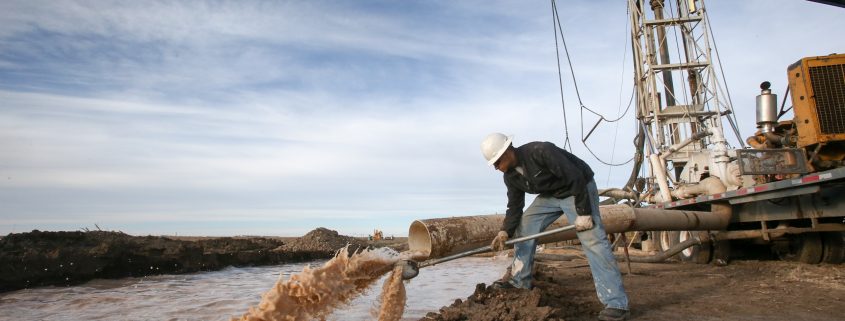

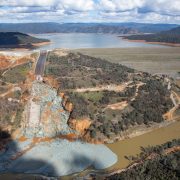
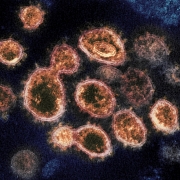



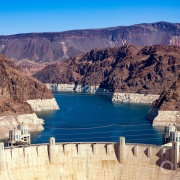


Thanks for this article. Could you provide the citation to the Environmental Research Letters paper that you are summarizing?
Thanks.